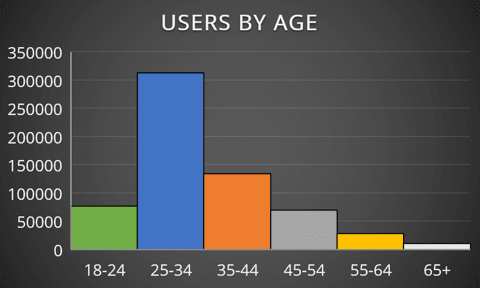

Now you’re ready to generate the frequency distribution table and histogram. Now select Histograms as the chart type (and additionally it’s a good idea to tick the show normal curve option).Ĭlick Continue when you’re done, which will bring you back to the Frequencies dialog box. Once you’ve set this up, hit the Charts button to bring up the Charts dialog box. You can do this by dragging and dropping, or by selecting the variable on the left, and then clicking the arrow in the middle. You need to get the variable for which you wish to generate the frequencies into the Variable(s) box on the right. This will bring up the Frequencies dialog box. To make a frequency distribution table, click on Analyze -> Descriptive Statistics -> Frequencies. It allows you to see how scores are distributed across the whole set of scores – whether, for example, they are spread evenly or skew towards a particular end of the distribution. We’re interested in the Score variable, which is the number of questions people get right out of 15.Ī frequency distribution table provides a snapshot view of the characteristics of a data set. It comes from a logic test featured on the Philosophy Experiments website that requires people to identify whether arguments are valid or invalid. Click OK to generate a frequency distribution table.Click on the Chart button, select Histograms, and the press the Continue button.Move the variable of interest into the right-hand column.Click on Analyze -> Descriptive Statistics -> Frequencies.


 0 kommentar(er)
0 kommentar(er)
